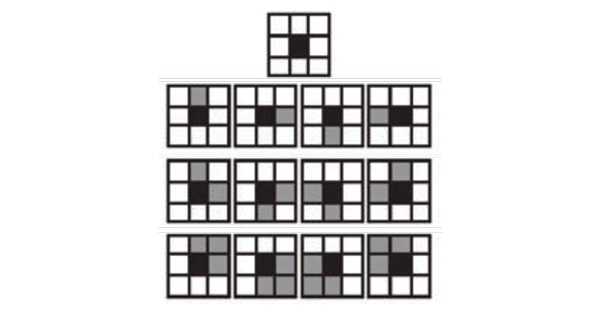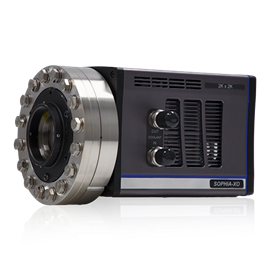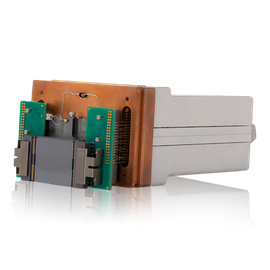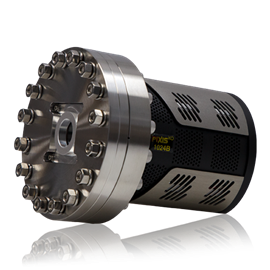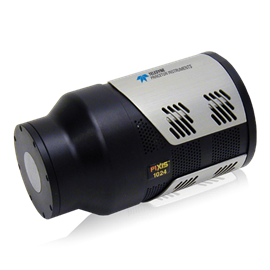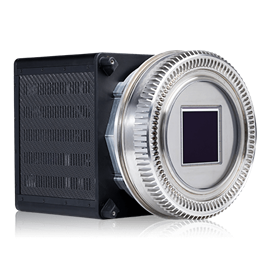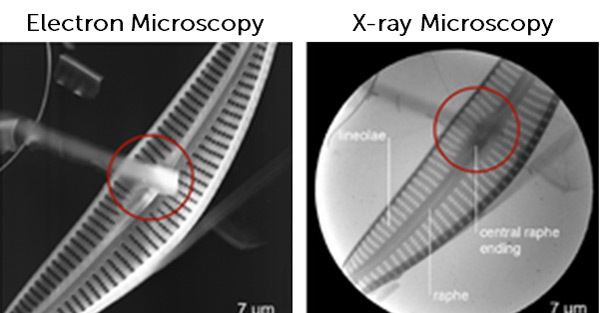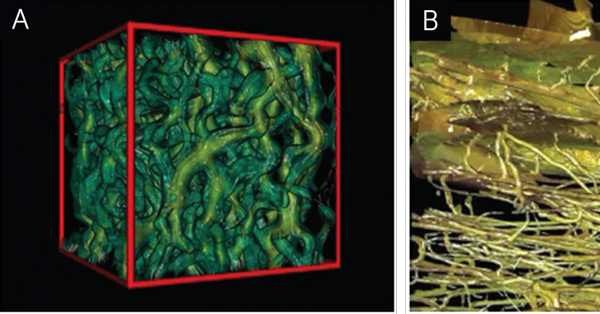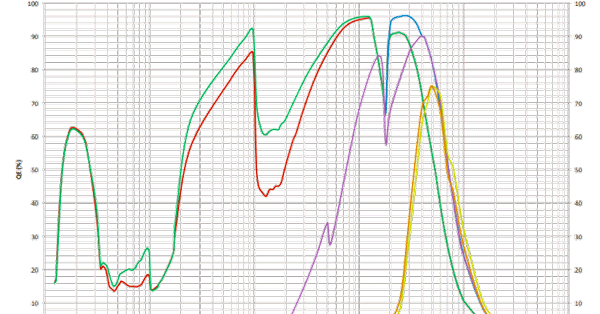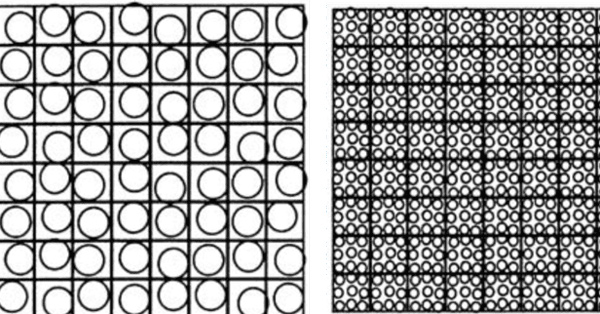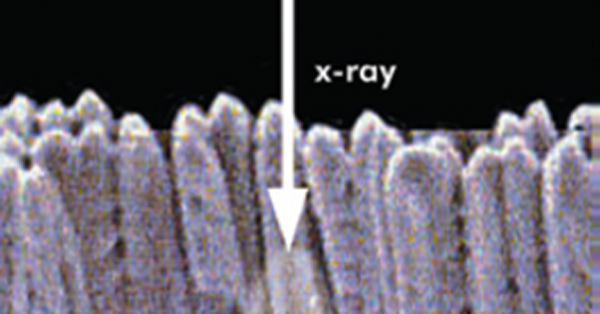Due to their short wavelengths, x-rays can be used to image samples on the nanoscale. There are multiple different types of x-ray imaging, such as x-ray tomography, or coherent diffraction imaging. Imaging can be combined with microscopy or spectroscopy to find out further information about a sample, such as chemical composition.
X-ray tomography enables 3D reconstruction of internal structures of real objects non-destructively, all while maintaining a high spatial resolution. By detecting either the attenuation or the phase shift of the transmitted beam at various angles, 2D slices of the microstructure of a material can be reconstructed. These 2D slices can be stacked together to produce a 3D image of the material.
Coherent diffraction imaging (CDI) is a lensless technique which reconstructs an image from the diffraction patterns of a sample. Reconstruction of the image is achieved via an iterative feedback algorithm which retrieves the lost phase information. In this way the lens of an instrument is replaced by the algorithm. CDI is able to provide 2D and 3D information about a material, providing high spatiotemporal resolution for probing dynamic phenomena.
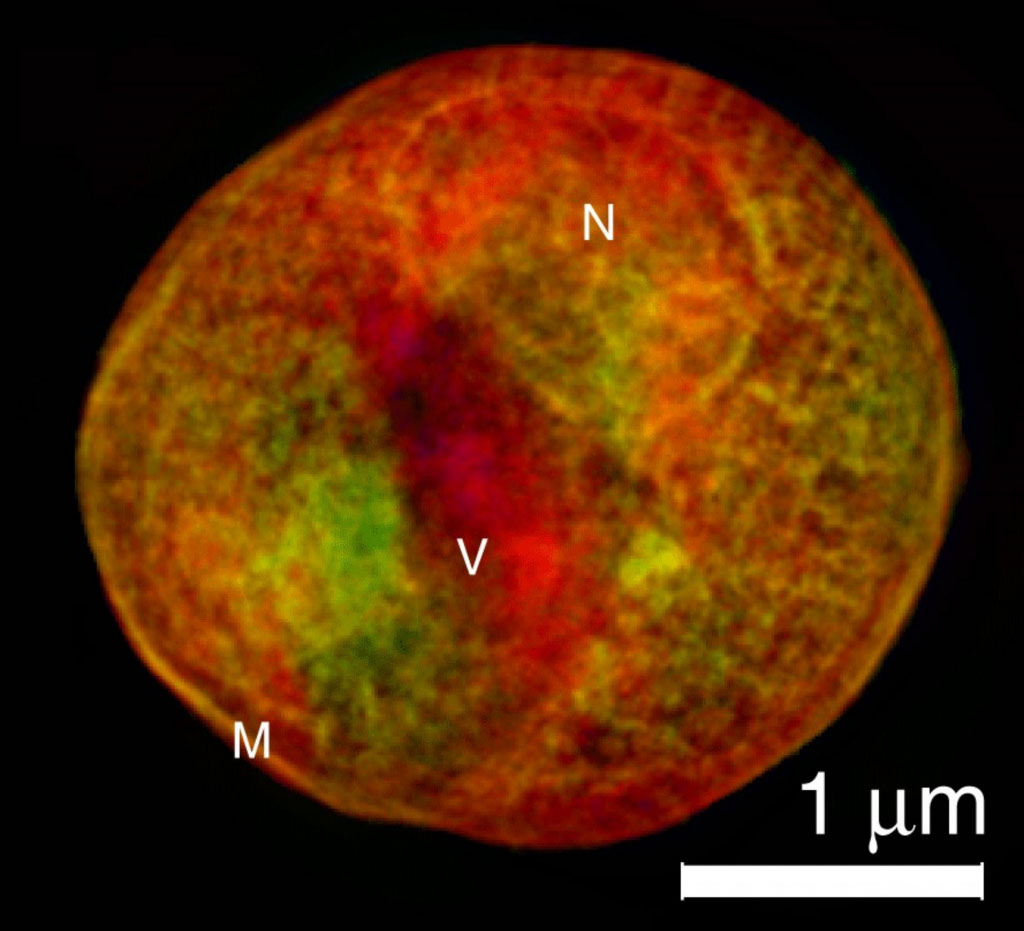
Resources from the Learning Center
View All